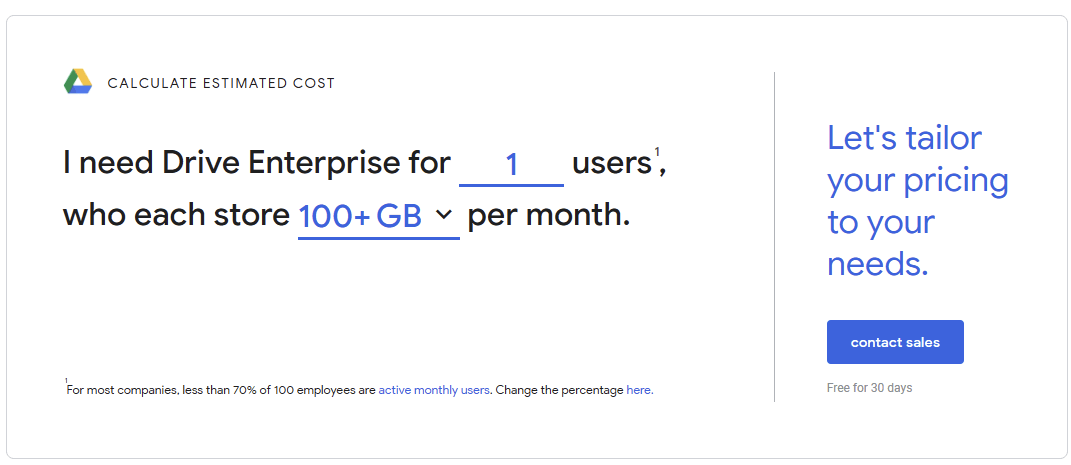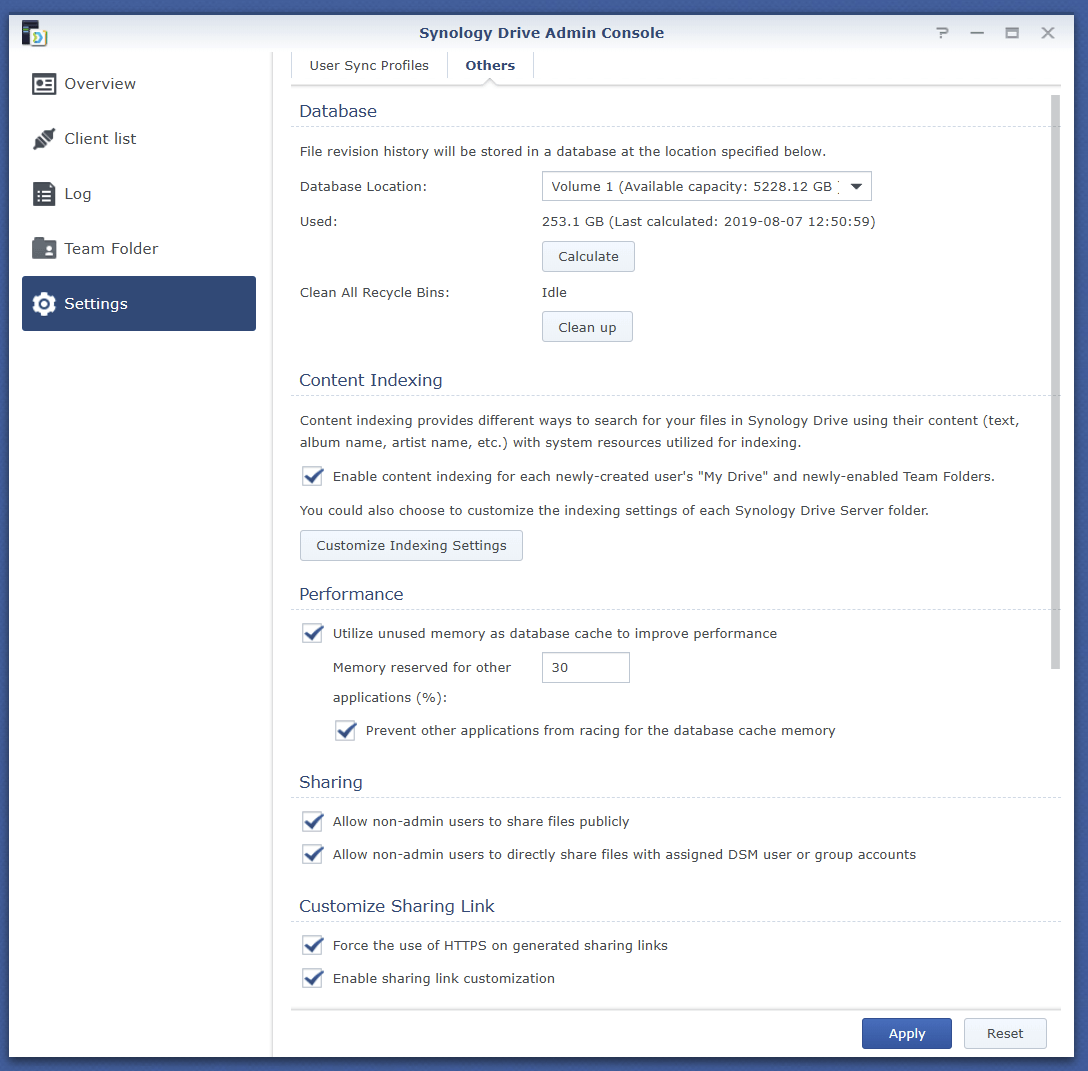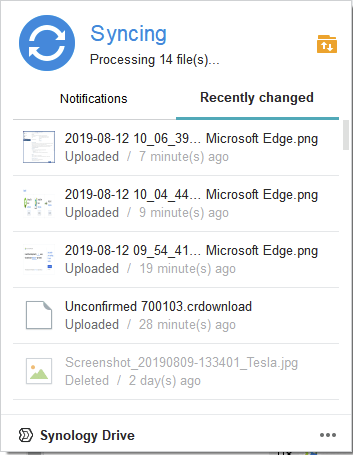Saying goodbye to Dropbox

I’ve been a Dropbox user for 10 years. During this time, I think I’ve paid about $1400 in subscription fees. I’ve used the service through the Plus plan, and I’ve also had the Unlimited (Packrat) version history for half of the time.
It’s a great service. I simply love it; it’s simple, reliable, fast and with 2 TB of storage it’s always been enough for me. I’ve had Dropbox on my mobile devices, integrated with Microsoft Azure, my Synology device and other services that needed to access my data.

Recently, Dropbox went public, and the service started changing. And not to my liking. The new Dropbox Desktop App felt needless, and I started thinking if I still wanted to use the service.
I figured I’ll dig a bit around the service, and what I’m paying for. Where exactly is my data stored? In the cloud, yes, but where? Dropbox has a short page explaining this:
Storage servers are located in data centers across the United States. Additionally, storage servers are available in Germany, Australia, and Japan for some Dropbox Business users. Source: Dropbox
I’m based in Finland. Thus, Germany’s privacy laws do not help me. Australia and Japan also do not affect me. Does this mean that my data is stored in the US? Dropbox seems to imply this (and to be honest, perhaps they’ve stated this but I’ve missed that) with their conformance to EU Privacy Shield. If I purchased 15 or more business licenses I’d get the opportunity to store my data in the EU.
In addition, Dropbox does not support bringing my own private key to the service to encrypt data as I see fit. I could encrypt everything before it hits Dropbox but I don’t see that as a working solution in the long run.
Adding all these together — my data (possibly) being stored in the US, and Dropbox being slightly coy in publishing this, focus on desktop apps that go beyond just storing my files, and the inability to provide my own encryption got me thinking even more.
Perhaps I’m a little bit late to the game but better late than ever. I needed to migrate my data away from Dropbox. Perhaps I have a little less trust with them now, and I was looking for a problem to solve. What better problem to solve than scratching my own itch?
Alternatives to Dropbox
In researching for alternatives to Dropbox I knew I’d need a few crucial features: enough storage, data stored in EU and proper mobile apps.
OneDrive for Business, which is part of Office 365, is something I have installed as well. I don’t really use it. I’m still a little bit bitter for a mishap some years ago, with the NGSC hassle that ended up eating plenty of my files. I chose to give OneDrive for Business a new chance in 2020. So, that was out of the question to replace Dropbox for me.
I found SyncThing next. Several people mentioned this in forums, with a warning that it’s tricky to set up. I gave it a try — and failed to get it working in a reasonable time. I was able to set up a sync folder on my workstation, but it only provided synchronization one-way. My mobile phone would simply state that sync is not able to upload anything.
I realize file sync is a hard problem to crack, but SyncThing felt so hacky and unreliable I gave up on it, too.
There are plenty of alternatives to Dropbox. At least 30. I use Google Photos to store a copy of my mobile phone photos (are there any other kind, anymore?), but I’m not that integrated with the Google infrastructure that I wanted to start looking at Google Drive. Also, their pricing model is not transparent, as anything beyond 15 GB of storage requires an Enterprise license:

One of the recommended services to me was Jottacloud. They offer unlimited storage for 7.5 €/month (about $8.50). Upload speeds are capped for anything beyond 5 TB, but for me, that isn’t really an issue.
Before I got started with Jottacloud, I spotted an update from Synology – the maker of affordable NAS devices. Their new Drive 2.0 was announced with support for On-Demand Syncing, and continuous backup modes. Why not try something I already had a license and a device for then?
Setting up Synology Drive 2.0
The way Synology apps work is that you install the necessary packages through DSM (Synology DiskStation Manager), and you don’t have to worry about the underlying logic within Linux, that it’s based on.
I deployed Synology Drive on my NAS. Having recently upgraded my Synology to 4 GB of RAM, I hoped that Drive would perform well.

Configuring Drive was a breeze – a few settings, such as enforcing HTTPS and allocating more memory for the service were easy to configure.

I created a C:\Syno\ directory in my workstation and simply copied all content from C:\Dropbox\ there using ROBOCOPY. This ensured I’d get all content and I wouldn’t have to monitor the copy operation.
I then configured the client, Synology Drive client, for my devices. It’s available for Windows, macOS, Ubuntu, Android, and iOS. At least.
On Android, it supports fingerprint-based authentication, which is always a nice surprise. It also natively integrated with Android’s usual sharing options.
The desktop client is pretty much identical to Dropbox.

My data is now stored in Helsinki, Finland.

I’m mostly getting everything I wanted from Synology Drive. It’s fast, has selective sync and On-Demand Sync works. Sharing externally also works, although I haven’t had time to configure a fancy vanity domain for this yet.
As all my data is now in on-premises, I need connectivity for this. At home, I’ve got a fairly fast gigabit fiber connectivity, and it’s more than enough for my synchronization needs.
Synology supports remote mirroring and backups, so co-locating my data elsewhere would also be a possibility.
I’m still backing up all my data to multiple locations, including Microsoft Azure, and a snapshot of everything is still in Dropbox also. As I canceled my Dropbox subscription I realized it’s a yearly plan so there’s still a few more months left. This was a good way to revert my decision, should I have the need.
In summary
All in all, migrating my content from Dropbox to Synology Drive was a breeze. Configuring Synology took only 5 minutes. Synchronization of the ~250 GB of data I had to my devices took a few days, as I didn’t have my laptops running day and night for the sync to complete quicker.
I’ve had this setup running for a week now, and it’s been very solid and robust. I enjoy having some of my data locally accessible and in my own possession now. This isn’t because I’ve suddenly turned anti-cloud or anti-US, but because I felt I wanted more control of this specific set of data I had.
There is still one thing that Synology Drive seems to be not capable of doing, and that is backing up my mobile phone photos automatically. I need to resolve this somehow, although Google Photos is doing this automatically for now.